News
Senior golf: Practical suggestions for lowering your scores
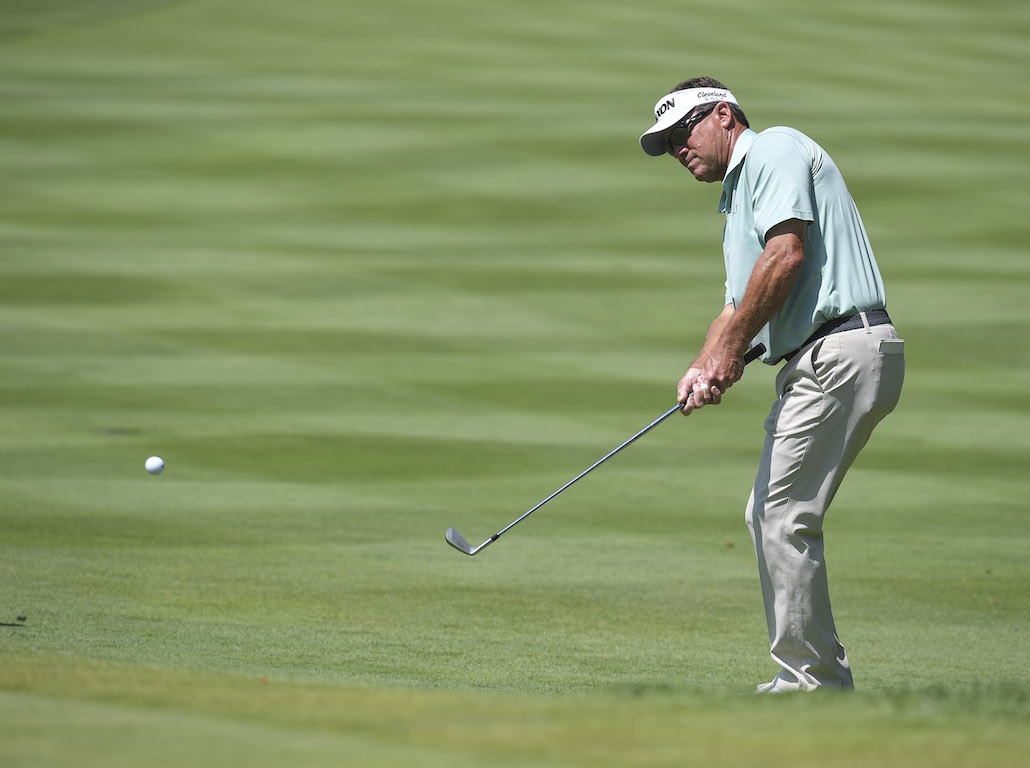
This is the second article is our senior series. I was away for a while, so let’s get back to helping you seniors! If you missed the first article, take a look.
I live just a few yards from the green of a par 3, and it never ceases to amaze me the number of times I see two shots turned into three. Or more. All golfers, (particularly seniors) looking to cut their scores need to pay attention, not just to putts, but to the simple up and down opportunities that they missed. The par three by my house plays anywhere from 160 to 200 years, has a pond bordering the green on the left, and out of bounds (MY HOUSE) on the right. So it’s not an easy hole, and golfers miss that green all day; but even the poorer shots will come within 15, maybe 20 yards of the green. I see no reason a player should leave that hole with anything more than a bogey. Yet I see fives and sixes more than you can imagine…a chip shot is a very simple shot to learn.
MOST of your senior golf years should be spent chipping, pitching and putting. Here’s why:
After a certain age. or perhaps when one has played a certain number of years, your golf swing can be changed slightly at the most! By slightly I mean this: Let’s say you are a 15 handicap player, you are hitting around five greens a round in regulation. If you make huge improvement in your swing, you may get to seven greens a round in regulation (the average of a 10-handicap player). That still leaves you 11-12 times per round OFF THE GREEN. Now, it’s true of course that swing improvements can also lead to missing closer to the green, but even here we are talking perhaps a pitch instead of a chip from the edge. BOTH these shots are within the skill set of most any golfer if they think and play differently around the greens. Hitting more greens is not always in that player’s capability, but getting the golf ball in the hole in fewer strokes IS!
I’ll use the green by my house as an example: the green is over 25 paces (75 feet) long. Like most courses, carts are kept on the cart path on all par 3s. I can’t begin to tell you how many players leave the cart with ONE, maybe TWO clubs regardless of the length of the shot. Those clubs are very often a wedge (of some loft) and/or a sand/lob wedge. Again most golfers are short with their tee shots (on all holes not just par 3s). So now they are standing in front of chip possibly 70-80 feet long with a 55-degree club. They either stub it or skull it, leaving themselves in double-bogey (or worse) position. That club selection is like taking a hit on 16 in blackjack when the dealer is showing 6!
Again, I know studies show that ballstriking is primary. Of course, you have to get your swing to the point where you can get the ball in play off the tee, but let me ask this question: when ballstriking is as good as it is going to get, you will still miss plenty of greens. What then? Are you doomed to shoot 94 because your swing cannot change greatly? The answer is NO, if you think better, and learn to hit short shots better. A big change in a golf swing requires time and athleticism. Short shots need technique and feel, but MUCH less strength, flexibility or general athleticism.
As a general rule, I teach most of my students the following priority list when near the green
- PUTT whenever you can
- CHIP if you can’t putt
- PITCH only when you must.
Putting and straightforward chipping or bumping-and-running is a MUCH higher percentage shot. Do yourself a favor and play the shot that you are most capable of NOT the one you’ve seen on TV. Look, you’re probably not gonna hole a chip or pitch, so where do you want to be on your next shot?
Many of you have heard of the “rule of 12.” I’m going to try to explain this as simple as possible and suggest quick math for the course.
- Pace off the distance you want the golf ball to fly and land two paces (5-6 yards) on the green. NO FURTHER THAN THAT!
- Let’s say that distance is 4 paces (two yards off the green, two yards to land on the green).
- Now pace from that point to the hole. Let’s say for the sake of simplicity the hole is 8 yards (25 feet or so) from the landing spot.
- You have a 2 to 1 relationship of carry to roll.
- Here’s how to do quick course math in your head: 12-2=10 iron, PW
- If you have 3X roll vs carry, 12-3=9, iron.
- If you have 4X roll vs carry, 12-4=8 iron. and so on…
- This is NOT CAST IN STONE, it is merely a guide.
- NOTE: This applies to chipping only; next time I’ll deal with pitching. And course, just like putting uphill, downhill, into grain, down grain etc. have to be taken into consideration.
Simple drill: Put a headcover two paces on the green. Chip to it, no further! See what club it takes to reach various hole positions.
No one knows better than a golf instructor of nearly 40 years how difficult it is to get someone to change their habits. I can’t tell you how many times I have suggested people try another approach around the green, and invariably they go right back to their “favorite club.” It’s your choice, but PLEASE practice your short game most of the time!
- LIKE193
- LEGIT27
- WOW2
- LOL4
- IDHT2
- FLOP1
- OB2
- SHANK12
Equipment
Spotted: Tommy Fleetwood’s TaylorMade Spider Tour X Prototype putter
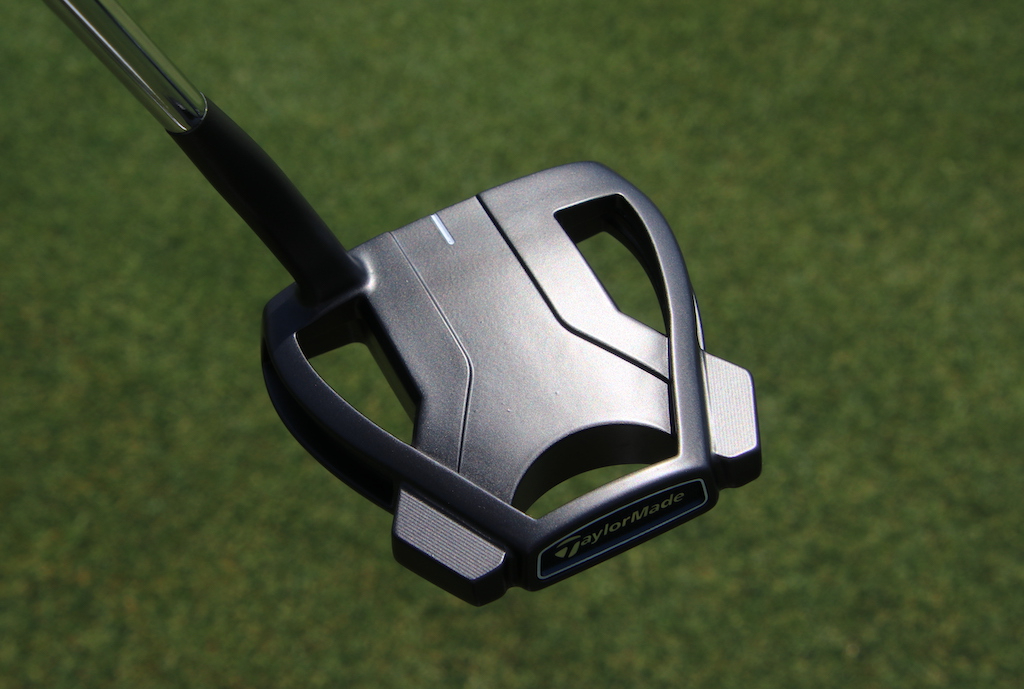
Tommy Fleetwood has been attached to his Odyssey White Hot Pro #3 putter for years now. However, this week at the Wells Fargo Championship, we did spot him testing a new putter that is very different, yet somewhat similar, to his current gamer.
This new putter is a TaylorMade Spider Tour X head but with a brand new neck we haven’t seen on a Spider before. A flow neck is attached to the Spider head and gives the putter about a 1/2 shaft offset. This style neck will usually increase the toe hang of the putter and we can guess it gets the putter close to his White Hot Pro #3.
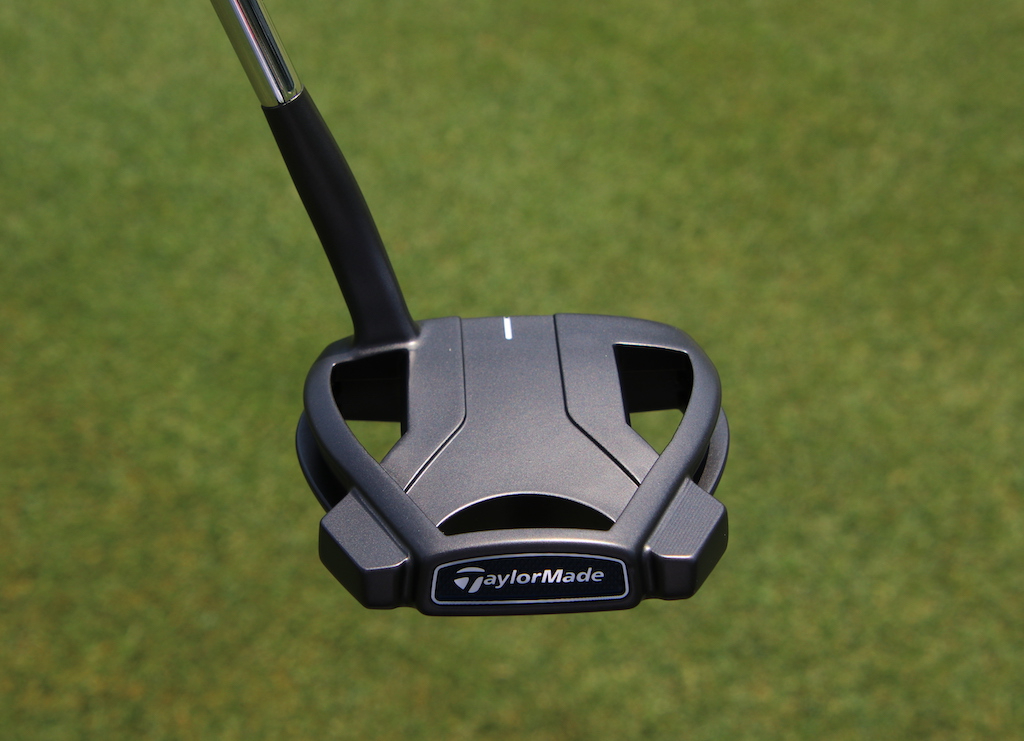
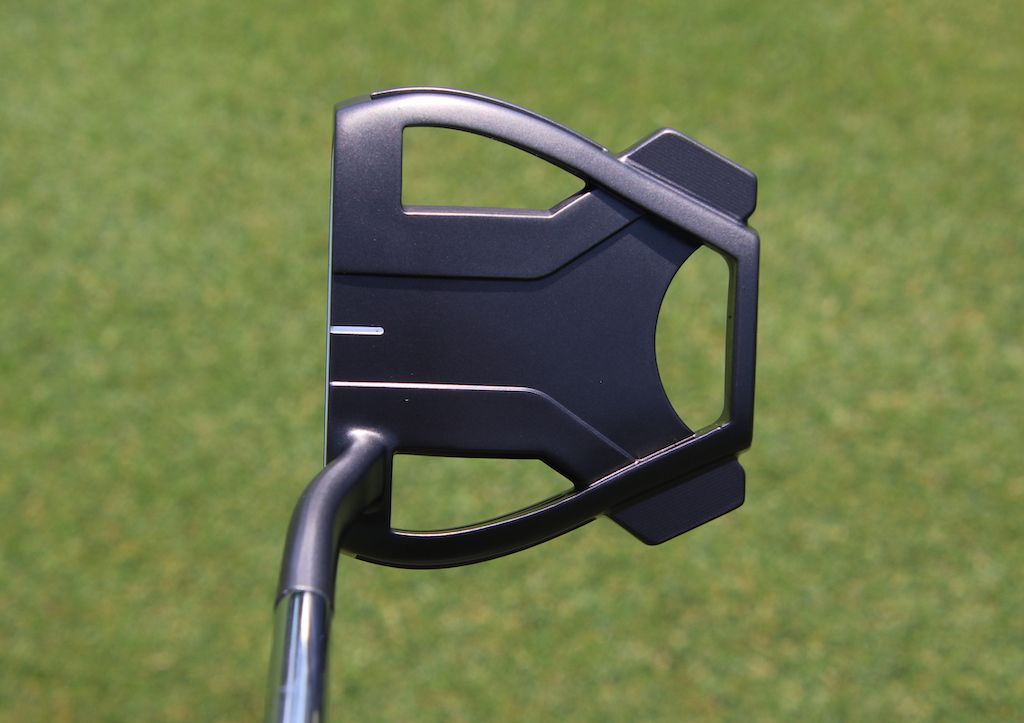
Another interesting design is that lack of TaylorMade’s True Path alignment on the top of the putter. Instead of the large white center stripe, Tommy’s Spider just has a very short white site line milled into it. As with his Odyssey, Tommy seems to be a fan of soft inserts and this Spider prototype looks to have the TPU Pure Roll insert with 45° grooves for immediate topspin and less hopping and skidding.
The sole is interesting as well in that the rear weights don’t look to be interchangeable and are recessed deep into the ports. This setup could be used to push the CG forward in the putter for a more blade-like feel during the stroke, like TaylorMade did with the Spider X Proto Scottie Scheffler tested out.
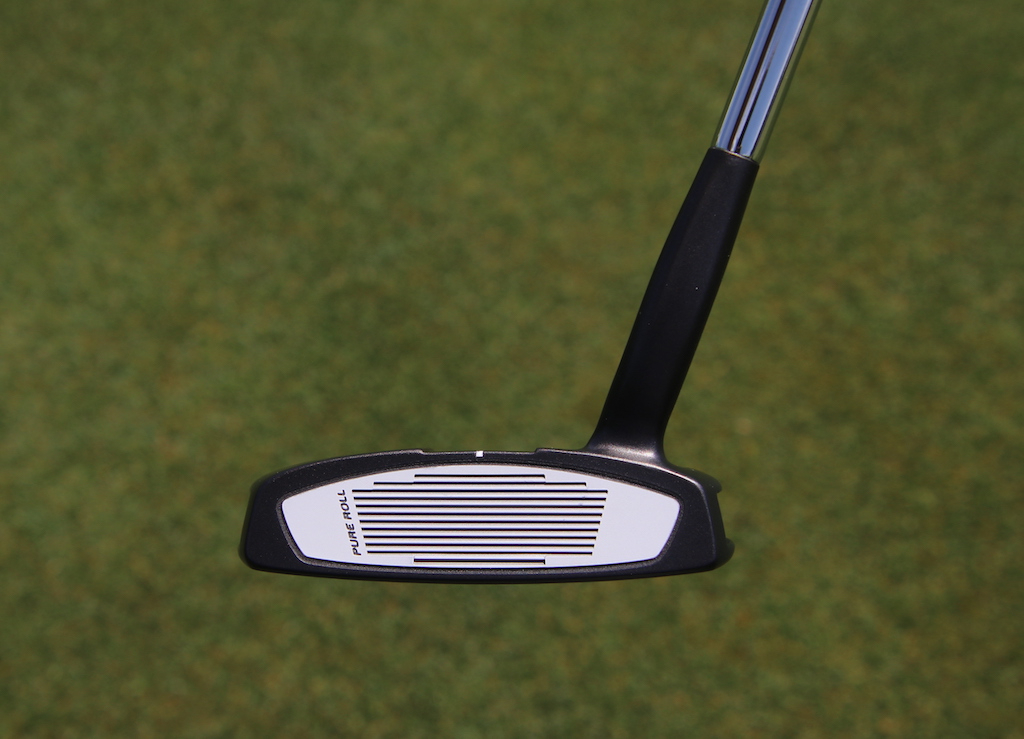
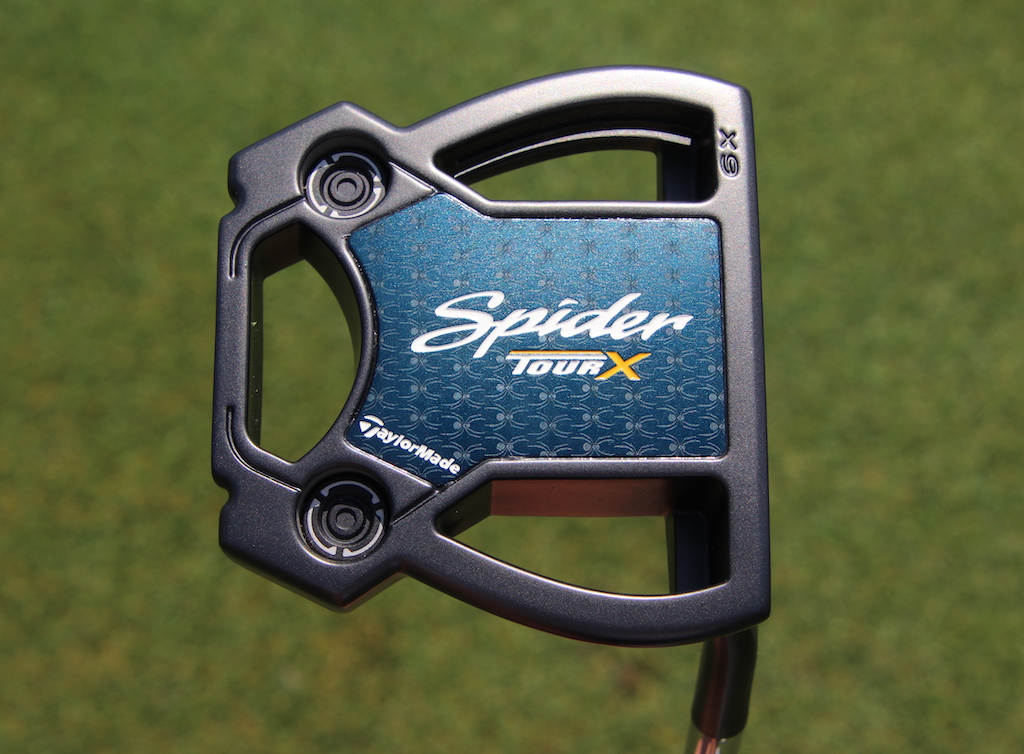
Tommy’s putter is finished off with an older Super Stroke Mid Slim 2.0 grip in blue and white. The Mid Slim was designed to fit in between the Ultra Slim 1.0 and the Slim 3.0 that was a popular grip on tour.
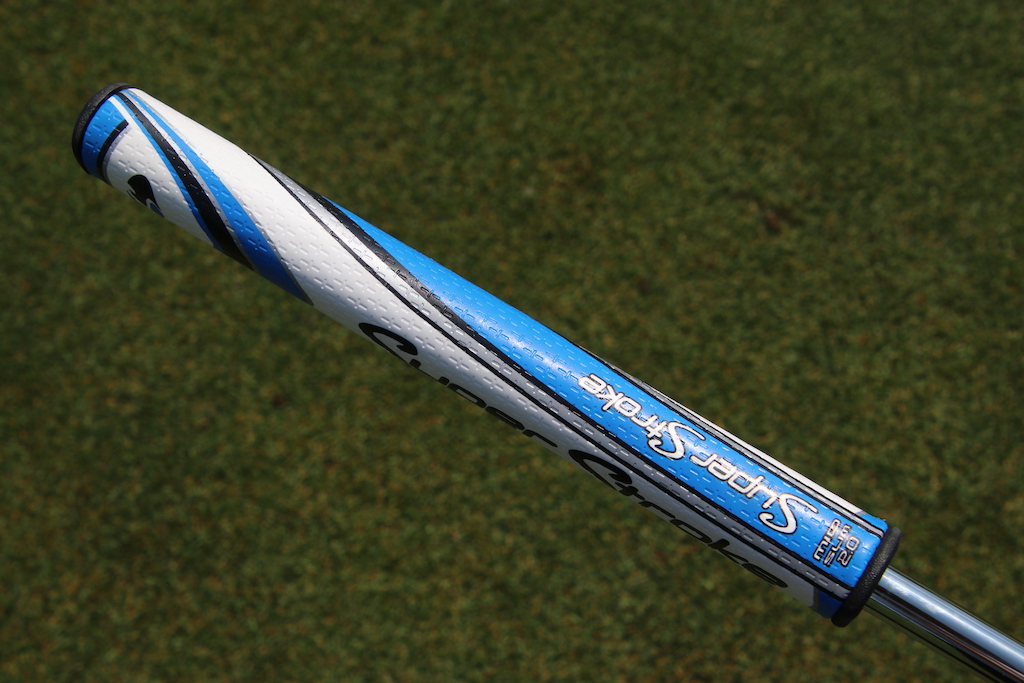
- Check out the rest of our photos from the 2024 Wells Fargo Championship
- LIKE1
- LEGIT1
- WOW1
- LOL0
- IDHT0
- FLOP0
- OB0
- SHANK0
Equipment
Rickie Fowler’s new putter: Standard-length Odyssey Jailbird 380 in custom orange

Editor’s note: This is an excerpt from a piece our Andrew Tursky originally wrote for PGATour.com’s Equipment Report. Head over there for the full article.
…The Jailbird craze hasn’t really slowed down in 2024, either. According to Odyssey rep Joe Toulon, there are about 18-20 Jailbird putter users on the PGA TOUR.
Most recently, Akshay Bhatia won the 2024 Valero Texas Open using a broomstick-style Odyssey Jailbird 380 putter and Webb Simpson is switching into a replica of that putter at the 2024 Wells Fargo Championship.
Now, Fowler, who essentially started the whole Jailbird craze, is making a significant change to his putter setup.
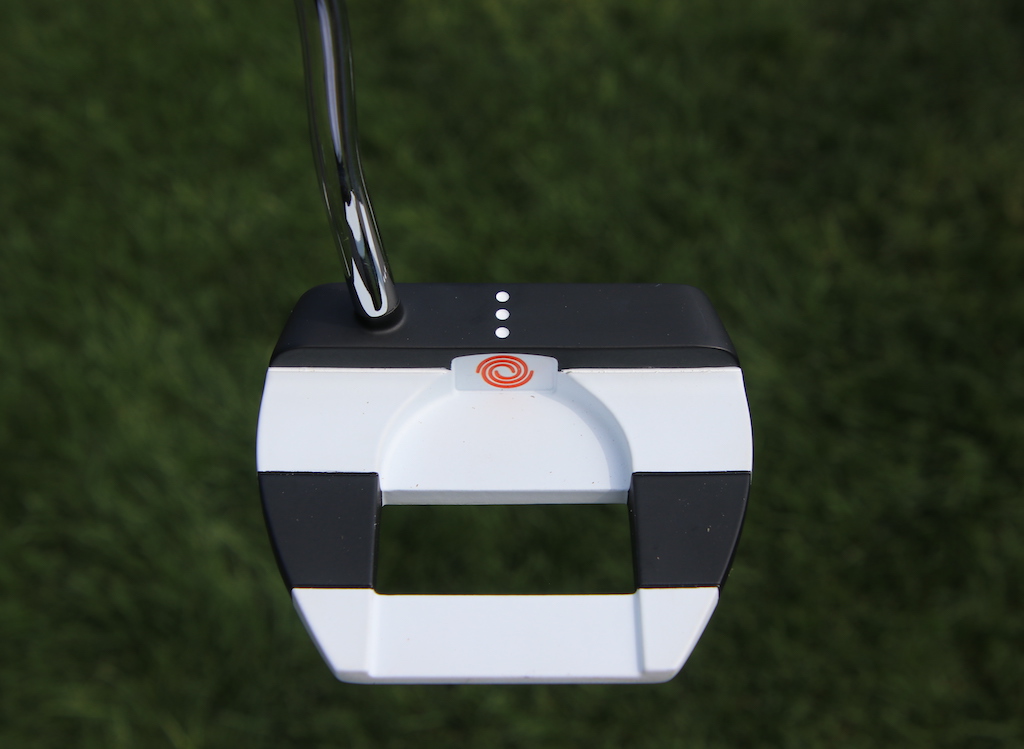
Fowler, who has had a couple weeks off since the 2024 RBC Heritage, started experimenting with a new, custom-orange Jailbird 380 head that’s equipped with a standard 35-inch putter build, rather than his previous 38-inch counter-balanced setup.
According to Fowler, while he still likes the look and forgiveness of his Jailbird putter head, he’s looking to re-incorporate more feel into his hands during the putting stroke.
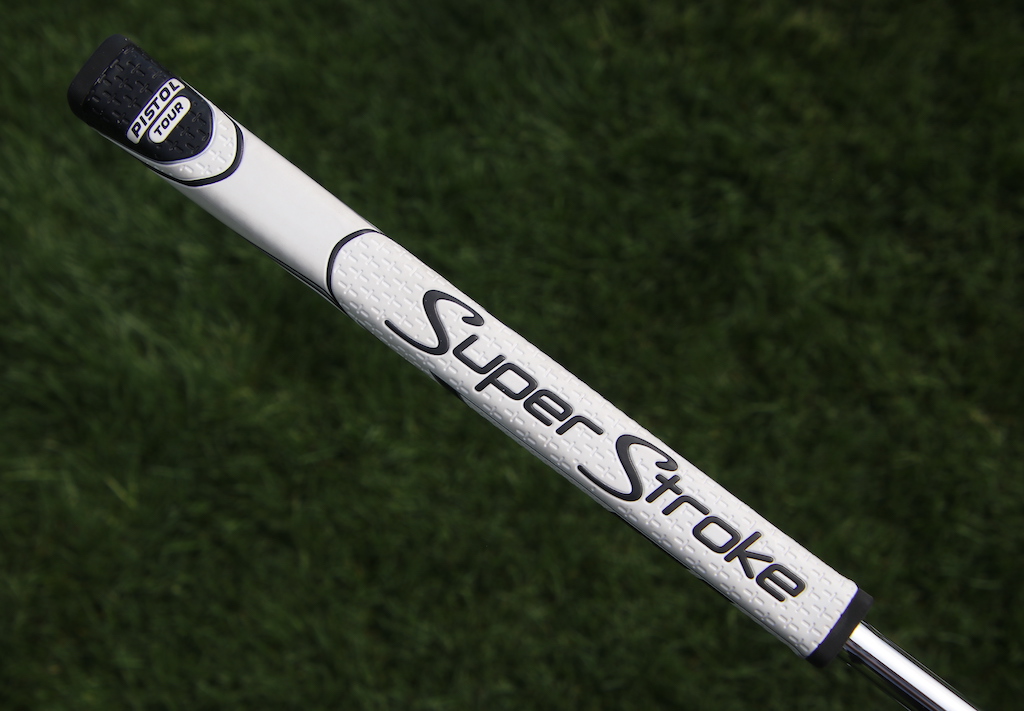
He told GolfWRX.com on Tuesday at the Wells Fargo Championship that the 38-inch counterbalanced setup “served its purpose” by helping him to neutralize his hands during the stroke, but now it’s time to try the standard-length putter with a standard-size SuperStroke Pistol Tour grip to help with his feel and speed control.
Although Fowler was also spotted testing standard-length mallets from L.A.B. Golf and Axis1 on Tuesday, he confirmed that the custom Odyssey Jailbird 380 is the putter he’ll use this week at the 2024 Wells Fargo Championship.
Head over to PGATour.com for the full article.
- LIKE23
- LEGIT5
- WOW2
- LOL3
- IDHT0
- FLOP2
- OB0
- SHANK4
Equipment
Details on Justin Thomas’ driver switch at the Wells Fargo Championship

Editor’s note: This is an excerpt from a piece our Andrew Tursky originally wrote for PGATour.com’s Equipment Report. Head over there for the full article.
So, with a couple of weeks off following his latest start at the 2024 RBC Heritage, Thomas sought to re-address his driver setup with the remote help of Titleist Tour fitting expert J.J. Van Wezenbeeck. About two weeks ago, Thomas and Van Wezenbeeck reviewed his recent driver stats, and discussed via phone call some possible driver and shaft combinations for him to try.
After receiving Van Wezenbeeck’s personalized shipment of product options while at home, Thomas found significant performance improvements with Titleist’s TSR2 head, equipped with Thomas’ familiar Mitsubishi Diamana ZF 60 TX shaft.
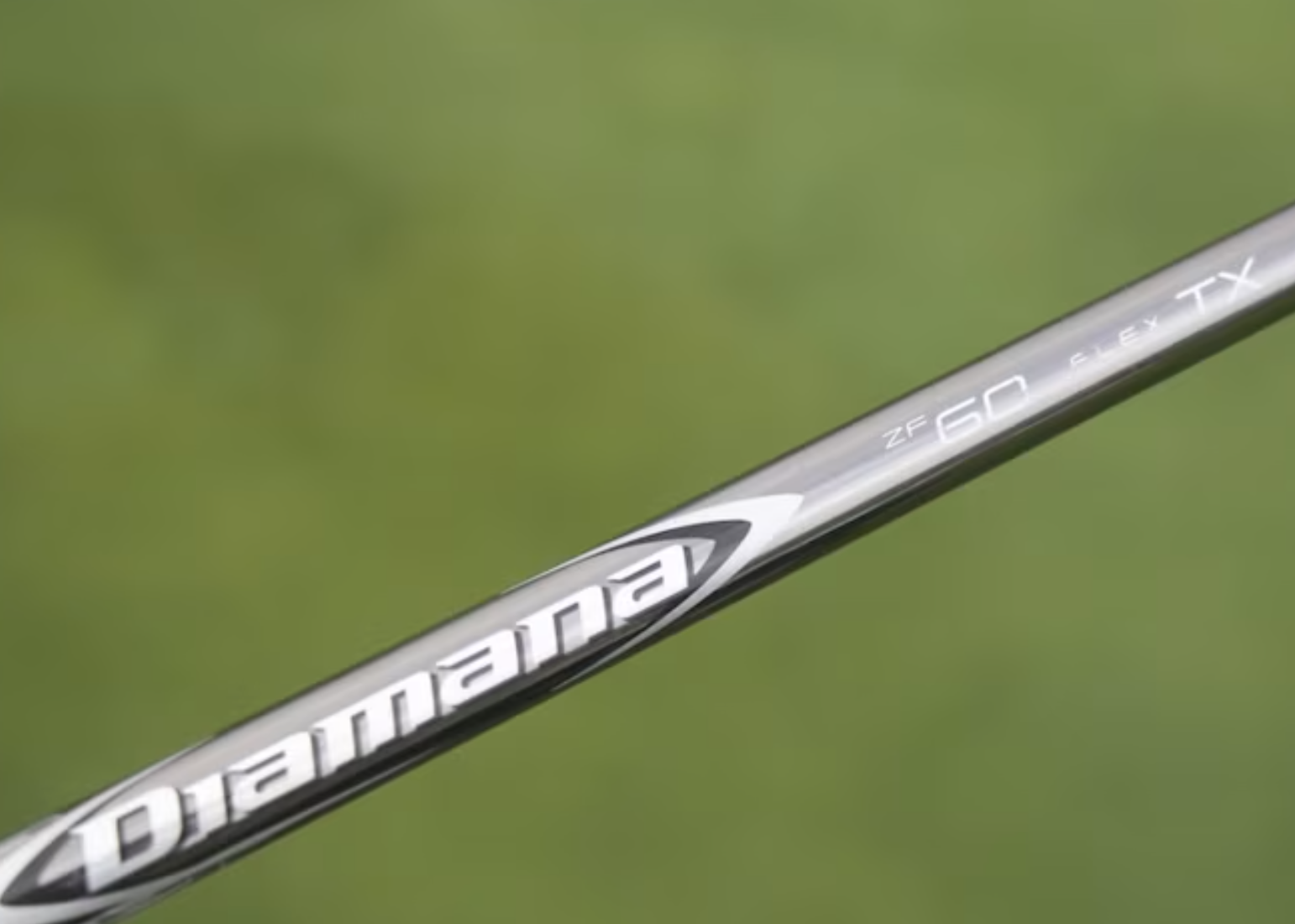
Compared to Thomas’ longtime TSR3 model, the TSR2 has a larger footprint and offers slightly higher spin and launch characteristics.
According to Van Wezenbeeck, Thomas has picked up about 2-3 mph of ball speed, to go along with 1.5 degrees higher launch and more predictable mishits.
“I’d say I’d been driving it fine, not driving it great, so I just wanted to, honestly, just test or try some stuff,” Thomas said on Tuesday in an interview with GolfWRX.com at Quail Hollow Club. “I had used that style of head a couple years ago (Thomas used a TSi2 driver around 2021); I know it’s supposed to have a little more spin. Obviously, yeah, I’d love to hit it further, but if I can get a little more spin and have my mishits be a little more consistent, I felt like obviously that’d be better for my driving…
“This (TSR2) has been great. I’ve really, really driven it well the week I’ve used it. Just hitting it more solid, I don’t know if it’s the look of it or what it is, but just a little bit more consistent with the spin numbers. Less knuckle-ball curves. It has been fast. Maybe just a little faster than what I was using. Maybe it could be something with the bigger head, maybe mentally it looks more forgiving.”
Head over to PGATour.com for the full article.
- LIKE17
- LEGIT1
- WOW1
- LOL2
- IDHT0
- FLOP0
- OB0
- SHANK7
-

 19th Hole2 weeks ago
19th Hole2 weeks agoJustin Thomas on the equipment choice of Scottie Scheffler that he thinks is ‘weird’
-

 19th Hole2 weeks ago
19th Hole2 weeks ago‘Absolutely crazy’ – Major champ lays into Patrick Cantlay over his decision on final hole of RBC Heritage
-

 19th Hole2 weeks ago
19th Hole2 weeks agoLET pro gives detailed financial breakdown of first week on tour…and the net result may shock you
-

 19th Hole2 days ago
19th Hole2 days agoReport: LIV star turns down PGA Championship invite due to ‘personal commitments’
-

 19th Hole1 week ago
19th Hole1 week agoGary Player claims this is what ‘completely ruined’ Tiger Woods’ career
-

 Whats in the Bag2 weeks ago
Whats in the Bag2 weeks agoTeam McIlowry (Rory McIlroy, Shane Lowry) winning WITBs: 2024 Zurich Classic
-

 19th Hole3 weeks ago
19th Hole3 weeks agoTaylorMade signs 15-year-old AJGA Rolex Junior Player of the Year to an NIL contract
-

 Equipment1 week ago
Equipment1 week agoGolf fans left surprised by LIV’s choice of course for its 2024 individual championship event



















DS
Sep 29, 2019 at 5:53 pm
My favorite columnist. I’m finally a single digit handicap and it’s via short game. I’m now focused on keeping my tee shots in play (pray for me) as I can still hit it with the youngsters but will continue to play 2 rounds a month at our local executive course to specifically focus on the short game. Keep ‘em coming, Dennis.
Dennis Clark
Aug 20, 2019 at 8:40 am
ALL of my articles and tips that I share are SUGGESTIONS. They are ALL based on lesson tee and golf course observations over my 50+ years of playing and 35+ years teaching. Paul Runyon “little poison” was the first to observe this this. He called it the “rule of eleven” at the time, but as clubs have gotten so much stronger, the rule of twelve is the new algorithm. Try this, if you like it great. If not bag it!. Just remember, NOTHING is for EVERBODY!! Thx for reading.
Gary
Aug 17, 2019 at 8:39 pm
Really good advice. Couple of typos, however: 1) bullet 1 – two paces is
5 – 6 feet, not yards; bullet 4 – ratio is one to two, not two to one.
Norm Wayland
Aug 17, 2019 at 5:39 pm
Good advice. I am older and shorter with all my clubs, so I have to pitch, chip or putt from off the green a Lot. My go-to club is 8 iron from fairway or short rough. Easier to calibrate w/ practice. Wedges need more skill/precision.
Scooter
Aug 16, 2019 at 11:18 pm
Good stuff Dennis. I started using the rule of 12 a few years back and it’s VERY helpful. It’s also helpful and fun to work on factors such as ball position in the chip, using the club bounce vs. the leading edge, practicing from tight lies as well as rough, and even hooding the face slightly to help learn spin control etc. And even chipping with a hybrid at certain times. I developed my own “best for me” chipping techniques vs. situation and my short game & scoring improved quickly. Chipping is now one of my favorite parts of the game. I even gave up putting through longer/fuzzy patches of fringe in favor of chipping because I’m able to get the ball closer most of the time … I know this violates one of your suggestions 😉
Acemandrake
Aug 16, 2019 at 4:35 pm
You can’t go too far wrong as a senior player if you can be competent with the driver, wedge & putter.
It’s that simple.
Short game practice is boring but improvement comes relatively quickly.
Norm
Aug 16, 2019 at 3:14 pm
Thank you, Dennis! The first two articles are very helpful. I look forward to more instruction.
2putttom
Aug 16, 2019 at 2:27 pm
I was the 5th like. good article